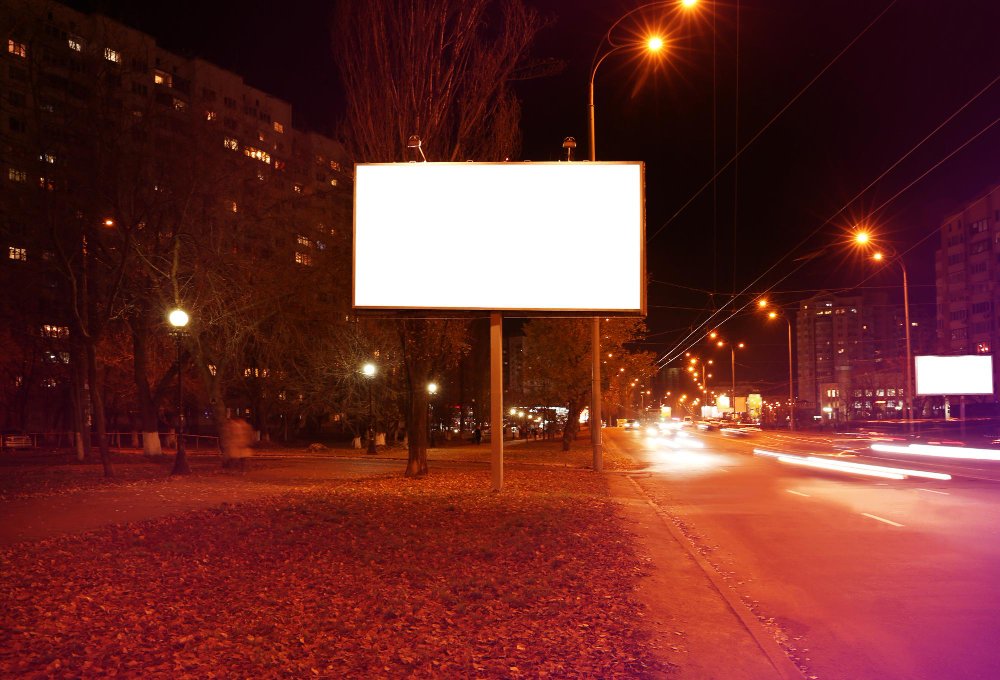Outdoor LED displays are a game-changer in the signage industry, offering vibrant visuals and dynamic content that can grab attention instantly. However, creating effective signage with these displays requires more than just installing a screen and playing content. It involves a strategic approach to design, placement, and content management to maximize the impact on your audience.
In this article, we’ll dive into the key steps for making effective signage using outdoor LED displays and explore the factors that contribute to their success.
Steps to Create Effective Signage with Outdoor LED Displays
1. Understand Your Audience
Before creating signage, it’s essential to identify your target audience. Who are you trying to reach? What are their preferences, habits, and pain points?
How to Understand Your Audience:
- Conduct Market Research: Use surveys, focus groups, and demographic data to learn more about your audience.
- Analyze Traffic Patterns: Understand where your audience is most likely to encounter your signage, such as high-traffic streets, busy intersections, or near event venues.
- Consider Viewing Distance: Ensure your signage is designed to be clear and legible from the typical distance at which your audience will view it.
2. Focus on High-Quality Visual Design
An outdoor LED display can only be as effective as its visual design. A well-designed sign captures attention and delivers your message quickly and clearly.
Key Design Elements:
- Contrast and Bright Colors: Use high-contrast color combinations to ensure visibility even in bright daylight.
- Font Size and Type: Choose bold, legible fonts. Keep the text size large enough to be readable from a distance.
- Minimal Text: Stick to short, impactful messages. Avoid overwhelming your audience with too much information.
3. Use Dynamic Content for Engagement
One of the major advantages of LED displays is their ability to showcase dynamic content, such as videos, animations, or changing slides. Use this feature to keep your audience engaged.
Tips for Dynamic Content:
- Leverage Movement: Incorporate animations or scrolling text to attract attention, but ensure they don’t distract from the message.
- Content Variety: Rotate through multiple ads or messages to appeal to different audience segments.
- Real-Time Updates: Use the LED screen to share live updates, weather information, or social media feeds to keep content fresh and relevant.
4. Ensure Proper Placement and Positioning
The placement of your LED display plays a significant role in its effectiveness. Poor positioning can render even the best content ineffective.
Optimal Placement Tips:
- Eye-Level Placement: Position the signage at or slightly above eye level for maximum visibility.
- Strategic Angling: Tilt or angle the screen towards the primary flow of traffic to increase exposure.
- Lighting Considerations: Avoid placing the screen in areas with excessive glare or shadow that might hinder visibility.
5. Prioritize Brightness and Visibility
Outdoor LED screens must remain visible in all lighting conditions, including direct sunlight and at night. High brightness levels and proper calibration are critical for this.
How to Optimize Visibility:
- Choose High-Brightness Displays: Look for LED screens with a brightness level of at least 5,000 nits for outdoor use.
- Automatic Brightness Adjustment: Use screens with sensors that adjust brightness based on ambient light.
- Test Visibility: Regularly check how the display looks from various distances and angles to ensure clarity.
6. Include a Clear Call-to-Action (CTA)
A successful outdoor LED sign doesn’t just inform—it prompts action. Make sure your signage includes a clear and compelling call-to-action.
Examples of Effective CTAs:
- “Visit Us Today!”
- “Scan This QR Code for a Discount!”
- “Call Now for More Information!”
7. Maintain Consistency with Your Brand
Your outdoor LED signage should align with your overall branding. Consistent fonts, colors, and tone of voice create a cohesive brand experience.
Branding Guidelines to Follow:
- Use your logo prominently but without overshadowing the main message.
- Stick to your brand’s color palette to ensure recognition.
- Ensure messaging reflects your brand’s tone—be it professional, friendly, or quirky.
8. Monitor and Update Content Regularly
Stale content can reduce the effectiveness of your signage. Keep your messaging fresh and aligned with current promotions, events, or seasonal themes.
Content Management Tips:
- Use a content management system (CMS) to schedule and update content easily.
- Monitor performance metrics, such as engagement and foot traffic, to optimize future content.
- Rotate content frequently to keep audiences engaged and returning.
9. Optimize for Weather and Environmental Factors
Outdoor environments are unpredictable. From rain and snow to intense heat, your signage needs to withstand all conditions.
Weatherproofing Measures:
- Invest in high-quality, weather-resistant LED screens with an IP65 rating or higher.
- Ensure proper ventilation and temperature control to prevent overheating.
- Use durable materials for mounting and enclosures.
10. Measure Effectiveness and ROI
Finally, track the performance of your outdoor LED signage to determine its effectiveness and return on investment (ROI).
How to Measure Success:
- Use tools like foot traffic counters or digital analytics for nearby actions (e.g., QR code scans).
- Collect feedback from customers about their impressions of the signage.
- Evaluate sales or engagement metrics during and after advertising campaigns.
FAQs
1. What is the ideal brightness level for outdoor LED signage?
The ideal brightness level for outdoor LED signage is typically above 5,000 nits. This ensures clear visibility in bright daylight and at night.
2. How can I make my outdoor LED signage more engaging?
Use dynamic content like animations, videos, or scrolling text. Incorporate real-time updates and frequently change the content to keep it relevant and interesting.
3. What size should an outdoor LED display be?
The size of your outdoor LED display depends on its location, viewing distance, and purpose. Larger screens are ideal for high-traffic areas, while smaller screens work well for closer viewing.
4. How often should I update the content on my outdoor LED screen?
Content should be updated regularly, ideally weekly or bi-weekly, to keep it fresh and aligned with current promotions or events.
5. Are outdoor LED displays energy-efficient?
Yes, modern outdoor LED displays are designed to be energy-efficient. Look for models with energy-saving features like automatic brightness adjustment.
By following these strategies, businesses can create impactful and effective signage with outdoor LED displays. From understanding your audience to leveraging dynamic content and monitoring performance, each step contributes to making your signage not just visually stunning but also highly effective in achieving your goals.
Want to learn more about outdoor LED screen? Read:

